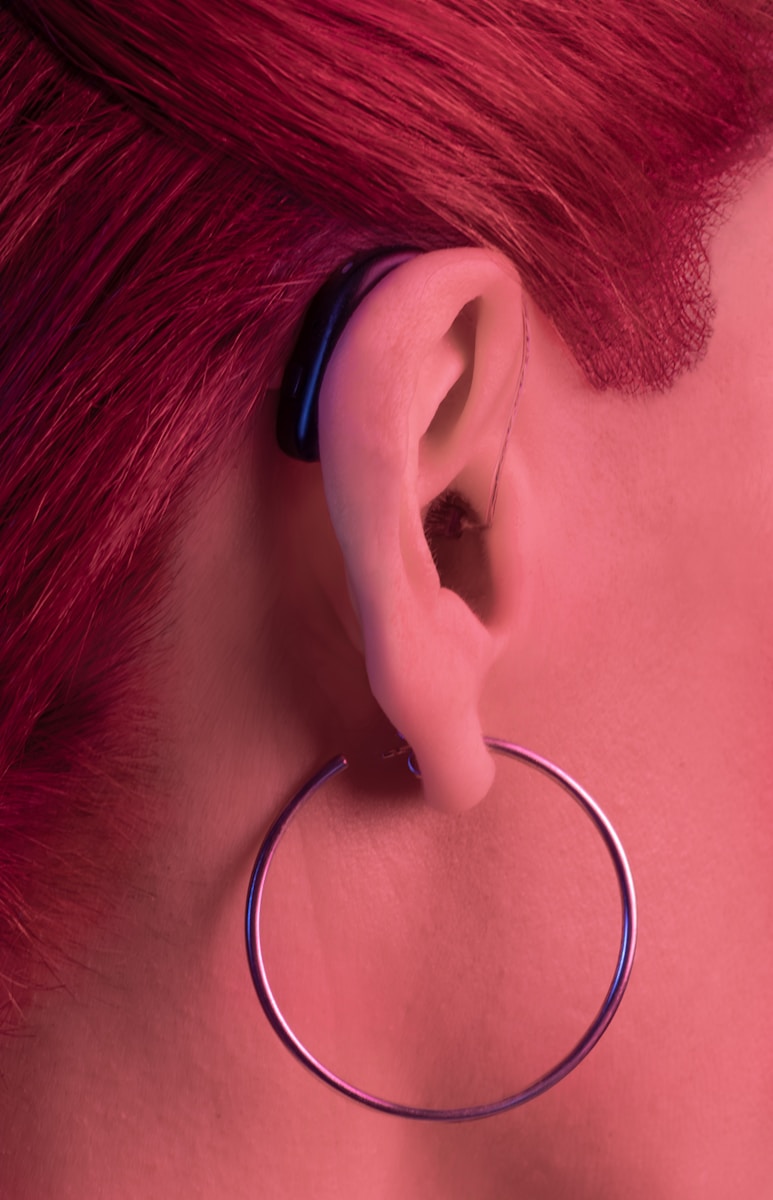Hearing aids are small gadgets that someone wears in or behind their ear. These devices make sounds more prominent so that someone with hearing loss can communicate and engage in certain activities with as much ease as someone who is not hard of hearing.
So how do these hearing devices work? Are they like speakers? Well, not quite. They do make sounds louder, but they have to do it in a specific way not to overwhelm the user. The two main types of hearing aids are digital and analog.
Digital hearing aids modify sound waves into numeric codes. These codes produce an exact copy of the sound that is picked up by the aids. These aids are more efficient and common, because they are able to change the volume of the sound based on pitch or tone. The digital codes can recognize more intense sounds, casting them to the wearer essentially as loud as someone else would hear them.
Analog hearing aids, on the other hand, make all sound waves they pick up louder on the same scale. This aid is more like a microphone, raising all sounds to the same rate. An audiologist would program the hearing aid from a small micro chip in the aid for different environments, depending on the volume of the area. The user would have to change the program on the hearing aid based on where they are, such as a quiet library or a packed restaurant.
RELATED STORIES:
https://www.fda.gov/medical-devices/hearing-aids/types-hearing-aids
https://www.nidcd.nih.gov/health/hearing-aids
https://my.clevelandclinic.org/health/treatments/24756-hearing-aids
TAKE ACTION:
https://www.hearingloss.org/make-an-impact/
https://nvrc.org/about/membership-donations/pay-online-for-donations/



